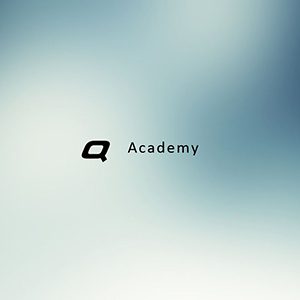20/20 The Snellen fraction that indicates normal visual acuity. (See Snellen acuity, Snellen chart, and Snellen fraction.) “A” measurement The horizontal width of a lens shape’s box measurement. (See Box…
This module covers information and procedures involved in stripping coatings from lenses. In the event of a blown run, this process might be a viable solution to be able to…
This document will answer frequently asked questions about dip hardcoating, such as: How does a dip hardcoating process work? What are the main parameters of the process? How is the…
What is de-ionized water, and why use it? De-ionized (DI) water is just that. It is water that has gone through a physical process where its mineral ions have been…
There are a variety of curing and degassing ovens used in ophthalmic labs worldwide. No matter the brand or model, all ovens in this industry have the same or similar…
Welcome to the wonderful world of light! It’s everywhere, and we take it totally for granted. We need to pay attention to the thing that affects us every minute of…
To effectively produce top quality coatings as well as understand the reasons for adherence to standard best practices, it is beneficial to recognize the complexities behind anti-reflective (AR) coatings and…
A successful AR coating lab needs to provide a good quality product to its customers. In order to do so, the lab must conform to well established practices and procedures.…
Proper preparation, cleaning and hardcoat are essential to successful AR coating. Materials and Equipment Latex disposable gloves (powder/lint-free) Lens rings Ring spreader Instructions NOTE: Always wear latex gloves when handling…
Charging the Crucible Charging the crucible is an important step in the process of AR coating. This is where the consumable evaporant materials which comprise the coating are loaded into…
Maintaining a regular practice of following accepted procedures can greatly impact the success of your AR lab. This module discusses accepted practices for coating lenses using your AR coating system…
Following accepted procedures for final inspection can greatly impact the success of your AR lab. This module discusses final inspection of AR coated lenses prior to release of the job…
This module includes checklists that are helpful for consistent operation. We recommend posting copies of these checklists at corresponding work areas. AR Box Coater Run and Maintenance Log: Runs 1-25…
Introduction Making sure that the coating produced meets intended specifications is very important to your lab’s success. It is this evaluation process that will ensure that your customers are receiving…
Purpose This process ensures the coating displays the correct characteristics. Scope This document covers spectral testing done on a lens from any customer. Definitions Spectral: Way to measure and analyze…
Purpose This is an environmental test to assess the robustness of an AR coating, its ability to adhere to a hardcoat, and the hardcoat’s ability to adhere to a lens.…
Purpose This document outlines the process for performing a Tape Pull test. Scope This document covers Tape Pull test done on a lens from any customer. Definitions n/a Responsibilities Lens…
Why is my company part of the lens testing program? Quantum’s Process and Support Contracts include coating integrity testing and evaluation. Why is this important to Quantum and you? Early…
The most important element of quality-control is to start with a clean lab and keep it clean. Lab personnel should adhere to all clean-room protocol. Cleaning Procedures Procedures to be…
An ionizing air (anti-static) gun combines air ionization with a stream of compressed gas (air). It makes it possible to both clean and neutralize electrostatically charged items. By neutralizing the…


